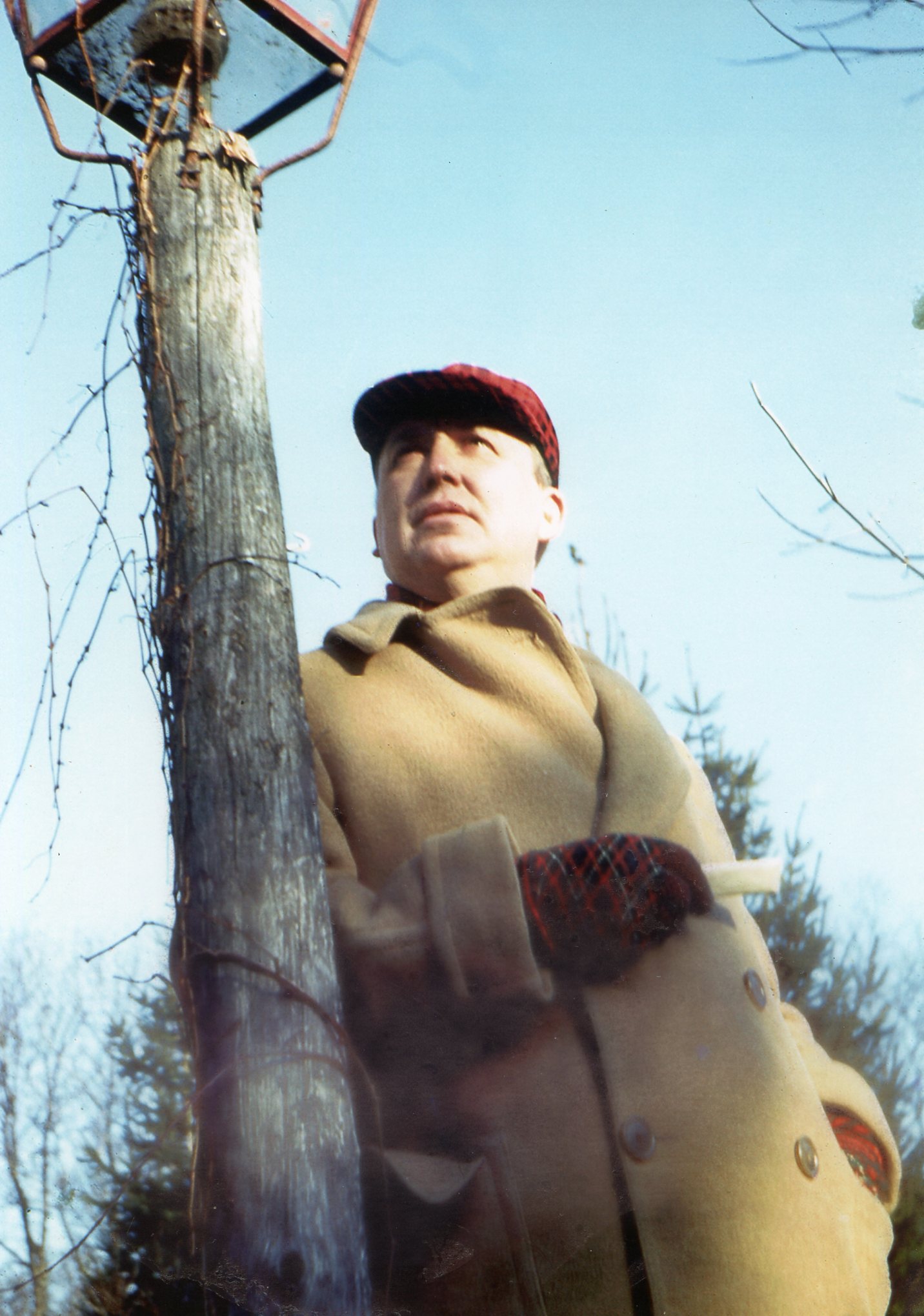
Preservation Long Island is pleased to once again welcome guest blog contributor Gary Hammond, retired curator and historian for Nassau County Museum Services and Preservation Long Island collections volunteer. Edited by Lauren Brincat, Curator, Preservation Long Island.
Many people believe that you must travel to New York City to view early collections of Americana—possibly at the Metropolitan Museum of Art, the New-York Historical Society, or the American Folk Art Museum. However, did you know that one of the early pioneering collections of Americana exists right here on Long Island? Although it is not displayed in galleries, and you need to do some exploring to spot key pieces, much of the former collection of Lurelle Guild is spread throughout Nassau County’s Old Bethpage Village Restoration.
Today, Lurelle Van Arsdale Guild (1898–1985) is known as one of America’s leading industrial designers of the mid-twentieth century. Starting in the 1920s and throughout the 1940s, he would design everything from the Electrolux Model XXX vacuum cleaner to the Westinghouse toaster and numerous Art Deco products of chrome and brass, as well as streamlined kitchen utensils, ocean liners, and even the old New York, New Haven, and Hartford Railroad cars. In doing so, he held nearly 180 U.S. patents and was listed in Fortune Magazine in 1934 as one of the top ten persons in industrial design, along with Russel Wright and Henry Dreyfus.
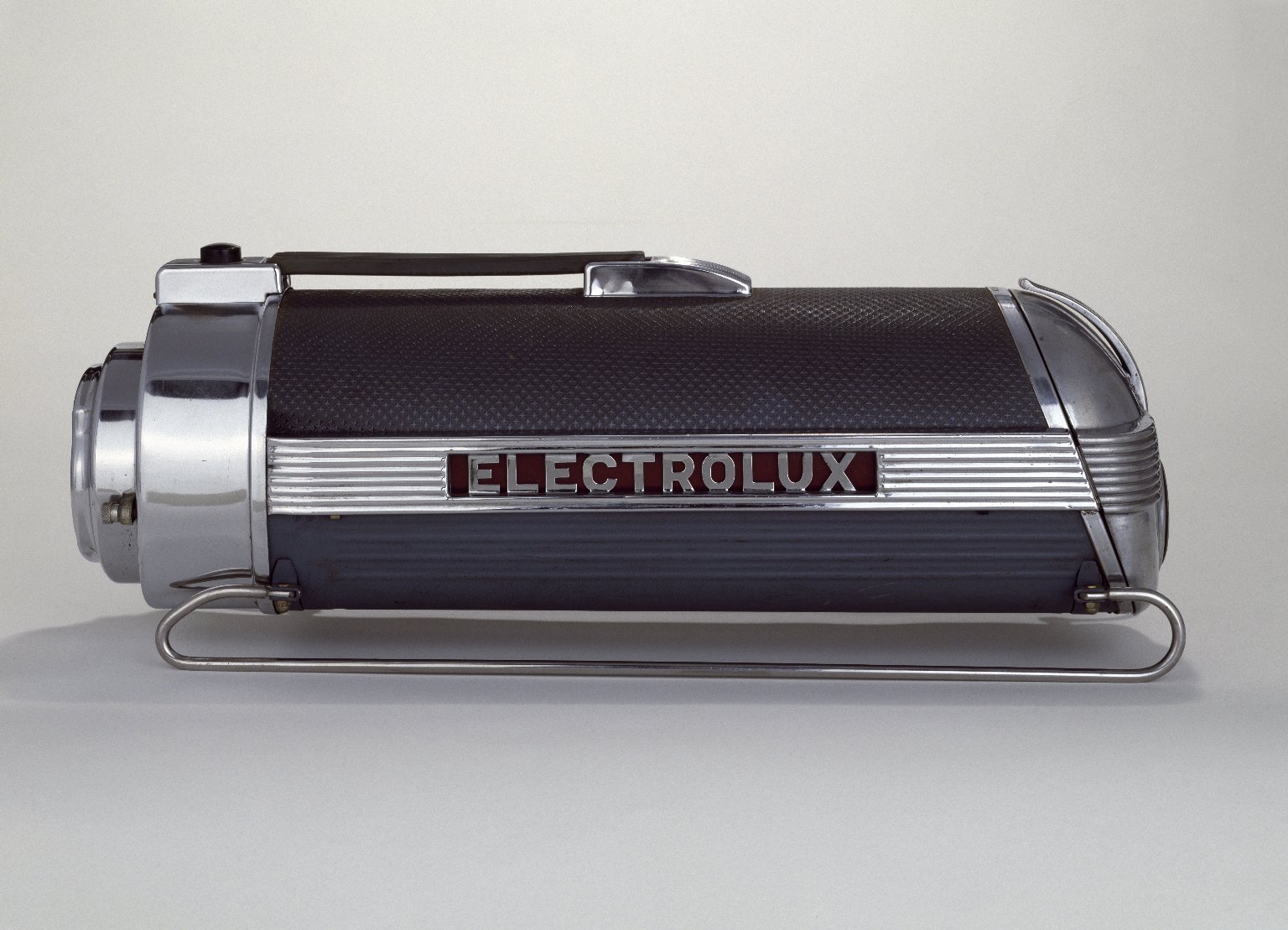
Although Lurelle Guild’s specialty was designing items in a “modernistic” style, he once admitted that “the ingenious craftsmanship and artistry of early Americans” influenced his designs. A long-time resident of Darien/Norton, Connecticut, he would also become a leading authority of American antiques, with his name appearing nearly monthly in national magazines such as the Ladies Home Journal, Country Life, Better Homes and Gardens, and Good Housekeeping. Not only would Guild write or illustrate dozens of articles and books on the subject, but in doing so, would form an impressive collection of this material himself. A contemporary of fellow antiquarians whose collections became institutions, like Henry Ford (The Henry Ford), the Wells Brothers (Old Sturbridge Village), Henry Francis du Pont (Winterthur Museum), and other leading collectors of the 1920s and 1930s (including Preservation Long Island’s own Howard Sherwood), he did not just collect antiques, but historic buildings and their components as well.
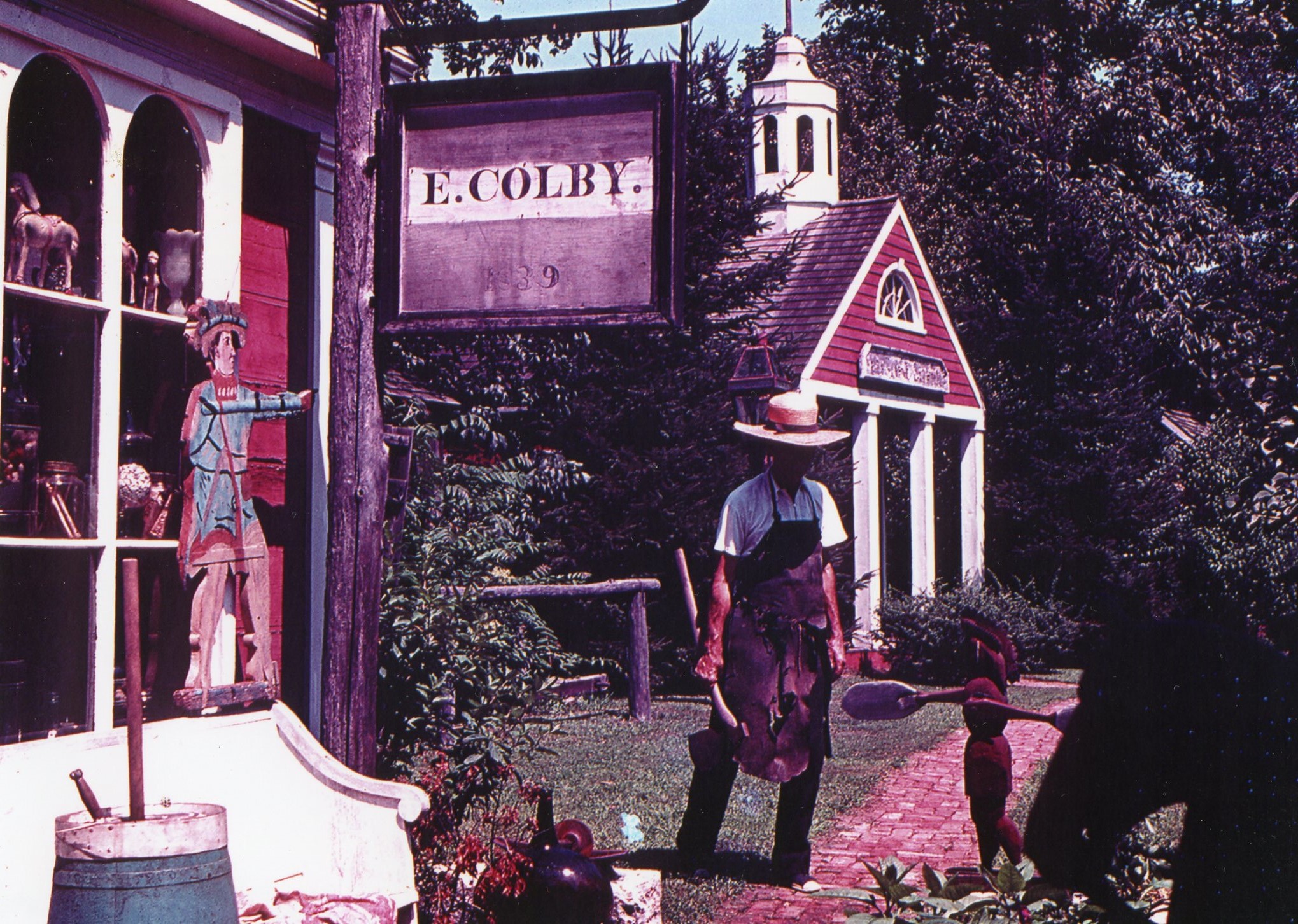
Although he only started collecting in 1924, Guild’s Milestone Village was well on its way to becoming a town of nearly a dozen “Early American” buildings assembled around a “typical” New England village green by 1931. Guild’s own home, Milestone House (originally built ca. 1690), was purchased for $1,000, totally disassembled, and moved from Stratford to his residence in Darien. In addition, he built numerous new “antique” houses nearby, always incorporating historic building components.
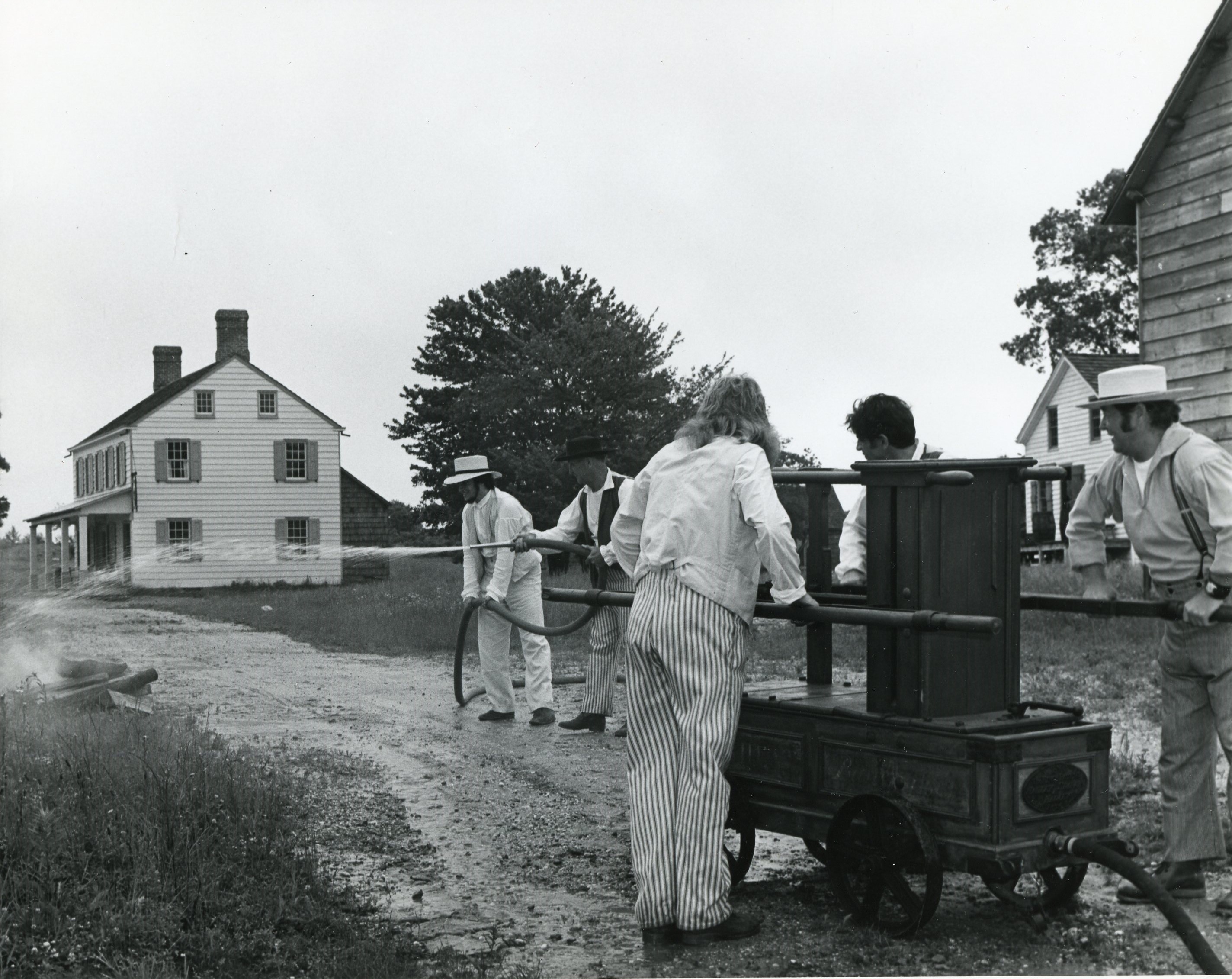
Guild’s collection exhibited the breadth of American style, beauty, industry, and technology. Among the highlights of his collection were a Concord Coach built in 1851; three fire pumpers built between 1750 and 1860, one of which is on display at the Nassau County Firefighters Museum; and even a circa 1680 chest attributed to Peter Blin of Wethersfield, Connecticut. A wooden printing press (now in the Smithsonian National Museum of American History) built around 1811 by Francis Shield of New York City was probably used in Brooklyn to print Alden Spooner’s Long Island Star newspaper. Everything from ship’s figureheads to tools, bonnets, needlework, paintings, farm equipment, lighting devices, toys, patent models, pottery, glassware, furniture, musical instruments, tinware, pewter, and even jet earrings could be found furnishing Milestone Village.
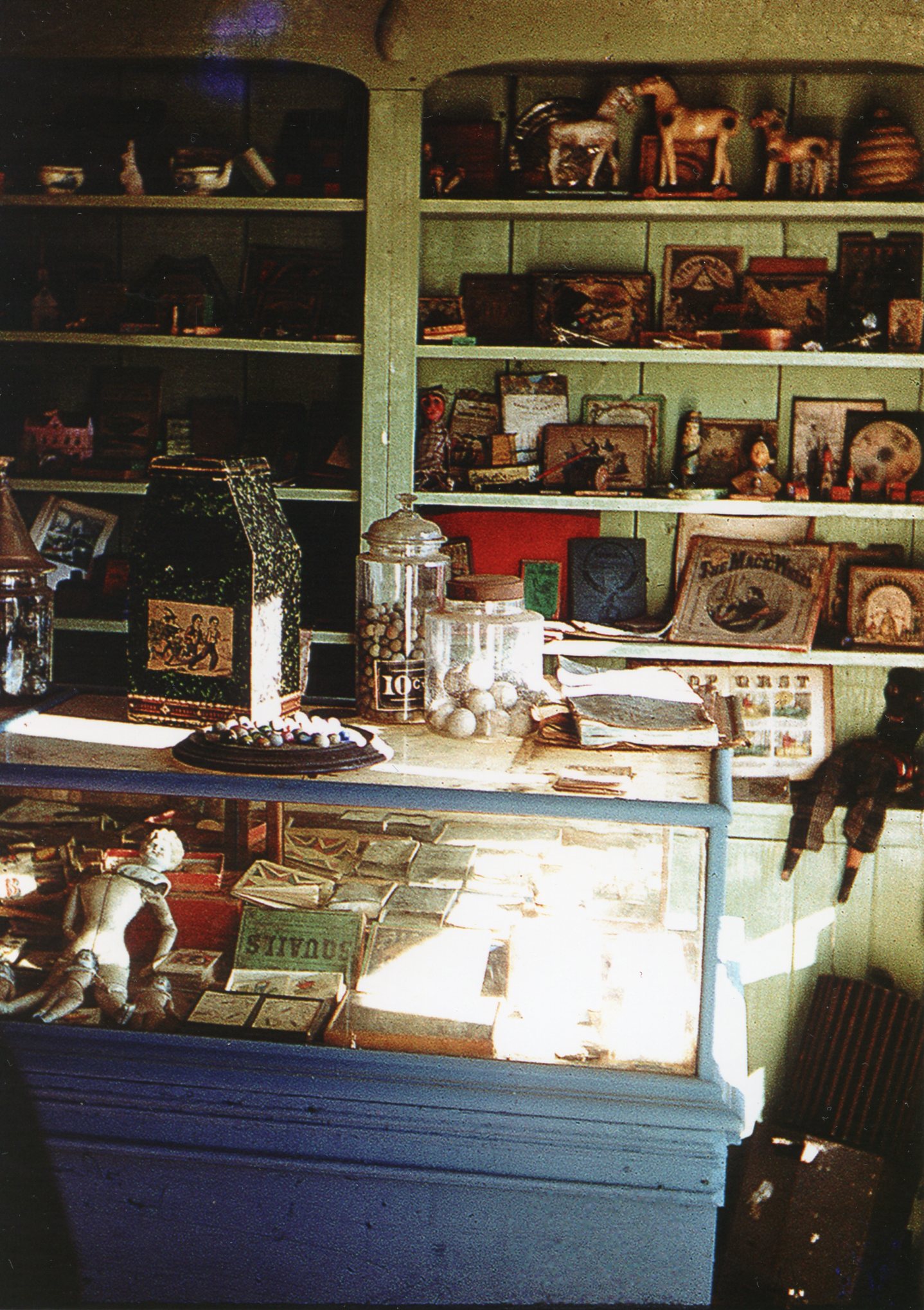
However, time took its toll on Milestone Village and its owner. By the mid-1960s, Guild’s interests had changed, and the Village needed more work than its sixty-eight-year-old owner wanted to tackle. Fortunately, instead of being disposed of at auction, much of this collection has been preserved in the collections of the Nassau County Division of Museum Services, many as furnishings for the Old Bethpage Village Restoration. In 1966, Guild wrote to then Nassau County Executive, Eugene H. Nickerson, offering to sell his collection, having read about the proposed museum. Estimated to be 30 tons of antiques (about 7,500 items), the now-defunct Friends of the Nassau County Historical Museum acquired the collection for the restoration village. You can imagine how much material was needed to furnish two general stores, a tavern, farm, numerous trade shops, and church, and have items in storage for future needs—it was a major undertaking!
Nearly a century after Lurelle Guild graduated from Syracuse University with a degree in painting, no one could have predicted the impact he would have on our lives, historic preservation, and the interpretation of Long Island’s heritage. One only needs to search eBay to find his book The Geography of American Antiques, magazine articles and advertisements, or his numerous Art Deco creations to realize that the “Streamlined Antiquarian” lives on!



